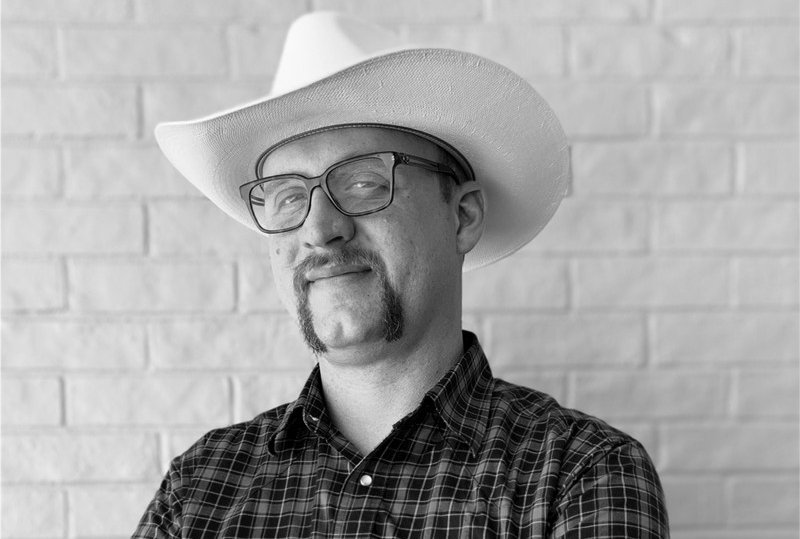Why We Use Forced Curing in Coating Wood
June 18, 2021 | Guest Author
By Joe Baggett, Innovative Wood Process Solutions
It goes without saying that coatings perform best and achieve peak performance when they are properly cured. Whether it’s a cabinet, furniture item, panel or other products, if they are packaged and put in the field with improperly cured coatings, they are susceptible to moisture, chemical, scratch and mar damage.

Forced curing, a method to avoid coating failure, is one of the most misunderstood parts of the wood finishing process.
Finish or coating failure often results from improperly cured coatings. In traditional, non-UV coatings, this is avoided by making sure your curing process is delivering something called “forced curing.” You have probably heard the term, but it is often one of the most misunderstood parts of the wood finishing process.
Forced curing is a function of the chemistry of the coating, and the interaction with the wood surface, and relies on reaching a target temperature—a dynamic interaction between the temperature of the wood surface and that of the coating being applied.
Basic thermodynamics for curing wood coatings
Curing technology actually starts with the board surface temperature, before the coating is even applied. Then it must account for the temperature of the liquid coating as it is applied. The first curing step of the coating after it is applied depends on the solids content, resin, binders, and solvents that make up the coatings. Evacuation of solvent through forced air and heat in combination is the first step after the coating has flowed out on the board surface.
Then, depending on the chemistry, the goal is to raise the board surface temperature to the optimum level in the optimal amount of time. This is where we often see that the target board surface temperature—the point at which we reach cross-linking, snap curing, polymerization, and other critical chemical reactions—isn’t achieved. For UV coatings getting the solvent out to where the UV light can properly create monomer dispersion is critical.
Joe Baggett is President of Innovative Wood Process Solutions. Reach him at iwpsolutions19@gmail.com, 817-682-3631.
Apply to Exhibit
Grow your business at the premier global woodworking trade show.
Show Hours & Location
International Woodworking Fair
Tuesday–Friday
August 6–9, 2024
Tuesday–Thursday
8:30 AM–5:00 PM*
Friday
8:30 AM–2:00 PM*
*Building A opens 7:30 AM Tue-Fri
Georgia World Congress Center
285 Andrew Young International Blvd
Atlanta, GA 30313
